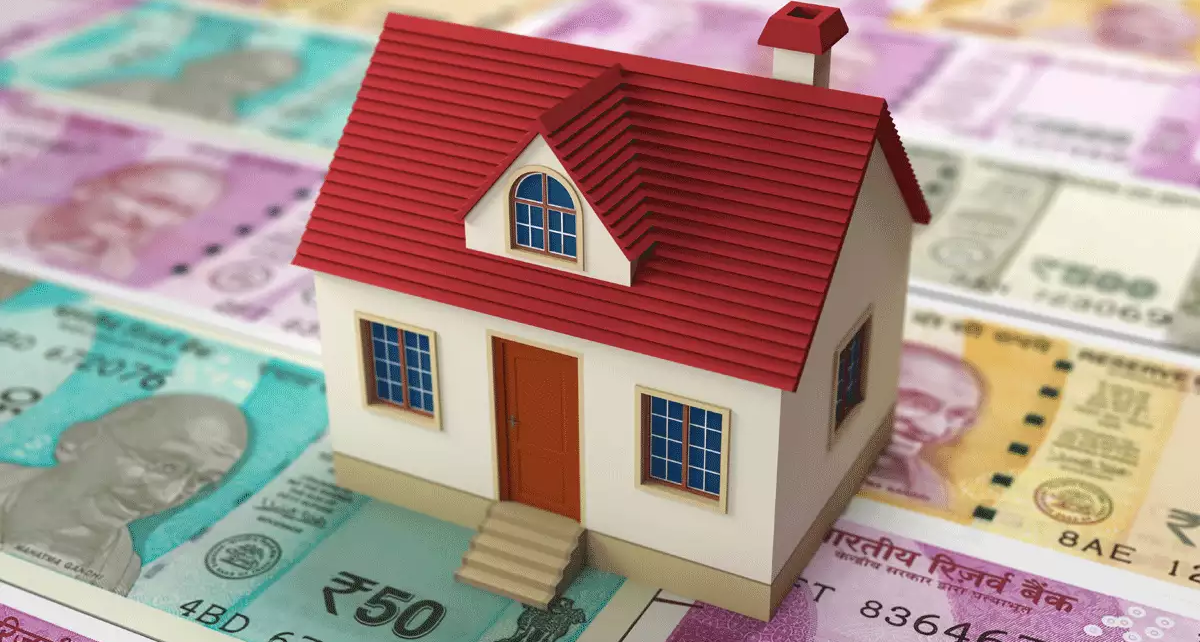The Credit-linked subsidy scheme or CLSS is a part of the PMAY scheme. And, under the scheme, the government of India provides subsidy on the home loan interest to all eligible PMAY beneficiaries. Read on to know more about it.
In June 2015, the government of India launched its most ambitious affordable housing scheme known as the PMAY or Pradhan Mantri Awas Yojana. The primary objective of this scheme is to eliminate the slums and provide a permanent housing unit to all Indian citizens. Under the scheme, the government aims to build more than two core affordable housing units across cities and towns in India.
Apart from building new homes, the government also aims to encourage the people from the lower and middle-income groups to become homeowners by providing them financial aid. The financial help is provided in the form of subsidy on home loan interest rate under the CLSS or Credit Linked Subsidy Scheme.
To ensure that every citizen enjoys the interest subsidy benefit, the government has collaborated with various financial organisations, including banks and NBFCs (Non-banking financial companies) to extend the benefit to the home loan applicants. Also, to ensure every citizen enjoys maximum benefit, the government has divided the eligible beneficiaries into three categories based on their income. The categories include – Economically Weaker Section (EWS), Lower Income Group (LIG), MIG (Middle Income Group).
Who can apply for CLSS benefits?
Any Indian citizen who belongs to any of the three income categories as mentioned above can enjoy the CLSS benefits under the PMAY scheme. However, they must meet the following eligibility requirements.
- If you are applying for CLSS under the EWS or LIG category, your total household income should be between 3 and 6 lakhs in a financial year.
- If you belong to the MIG – I income category, the annual household income should be between 6 and 12 lakhs.
- If you wish to avail CLSS benefits under the MIG – II category, your household income should not be more than 18 lakhs in a financial year.
Apart from the income requirement, to get the subsidy benefits under CLSS, you must meet the below criteria too.
- No matter, if you are looking to purchase a new ready-to-move-in apartment or you wish to build your home, the property must be mandatorily registered in the name of a female family member, either as a co-owner or complete owner of the property. The member could be mother, sibling or spouse.
- You or any of your family members should not own a pucca house in any part of India.
- Your or any of your family members must not have received financial aid under any of the central or state government affordable housing schemes.
- The property that you wish to buy must be in any of the census statutory towns listed in the 2011 census.
Now that you are aware of the requirement to avail the CLSS interest subsidy, it would help to know the subsidy application process.
1.You can approach any of the financial organisations (lender) of your choice that are authorised to extend the CLSS benefits.
2.Once you zero-down on the lender, fill the CLSS subsidy application form and comply with the KYC requirements.
3.Submit the subsidy form, the KYC documents and the home loan application form to the lender for verification.
4.After the lender has verified the documents and your application, they will disburse the approved loan amount.
5.After the loan is disbursed, the lender will approach the nodal agency to process the subsidy application. After the government agency reviews, they release the funds to the lender and it is credited to your home loan account.
6.After the subsidy amount is credited, the lender will adjust the EMI as per the percentage of subsidy received.
Final Word
The CLSS subsidy has made home loans affordable for all, and it has helped millions of people to be homeowners.





